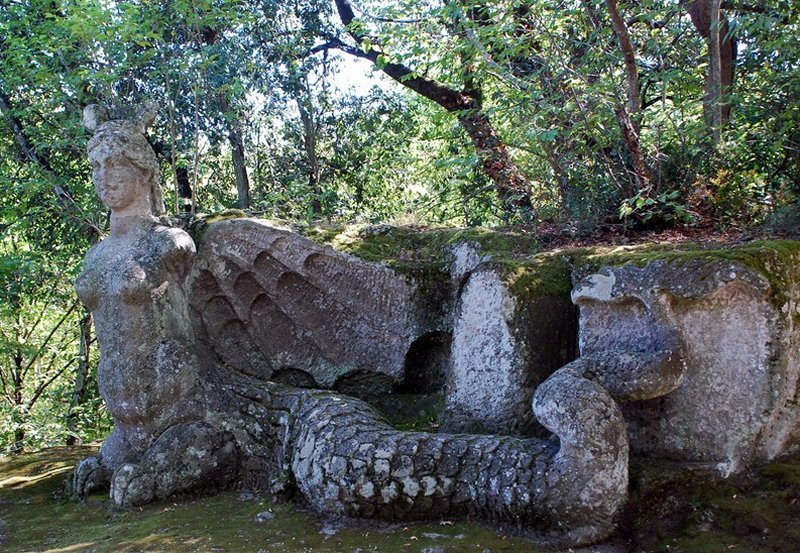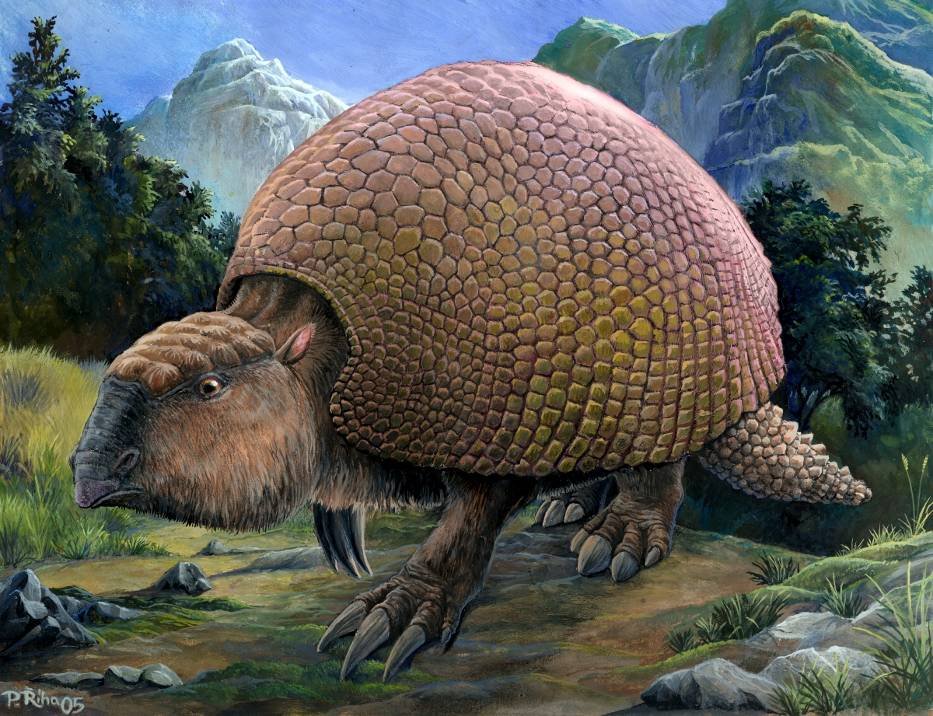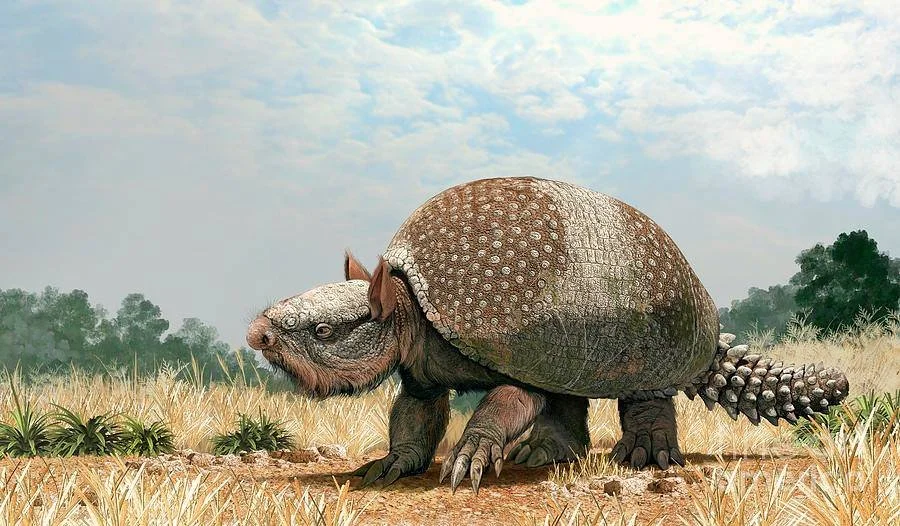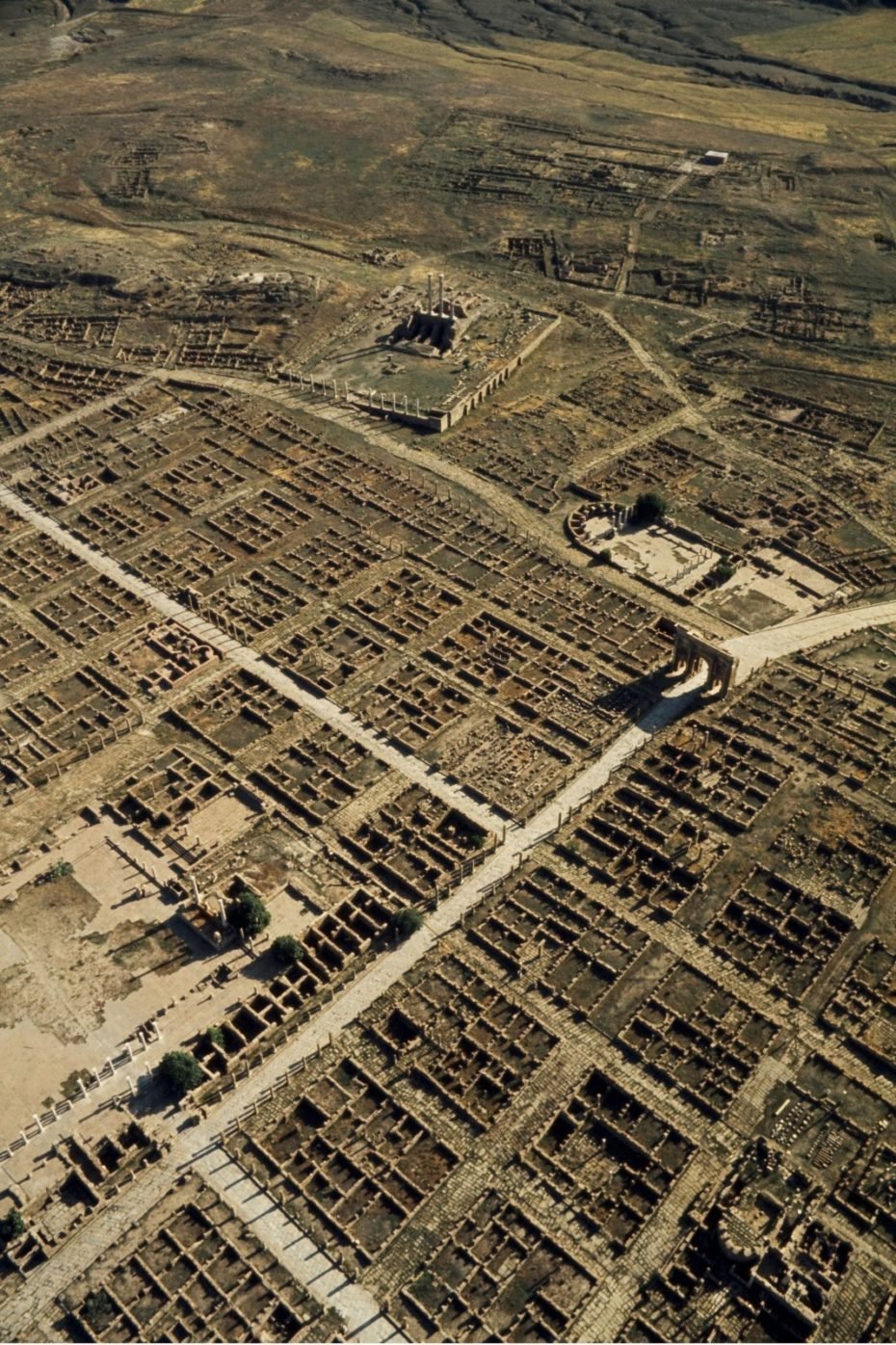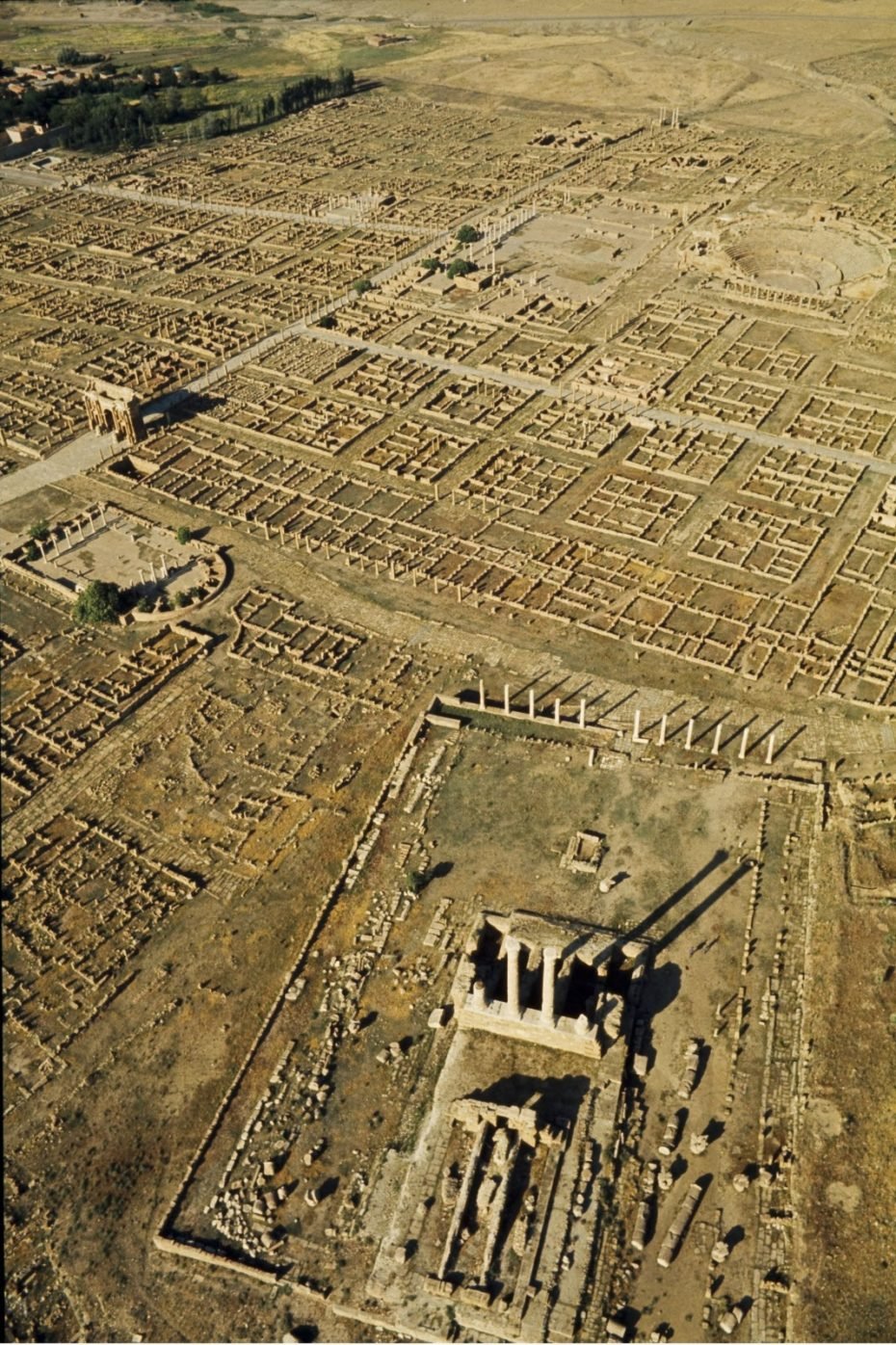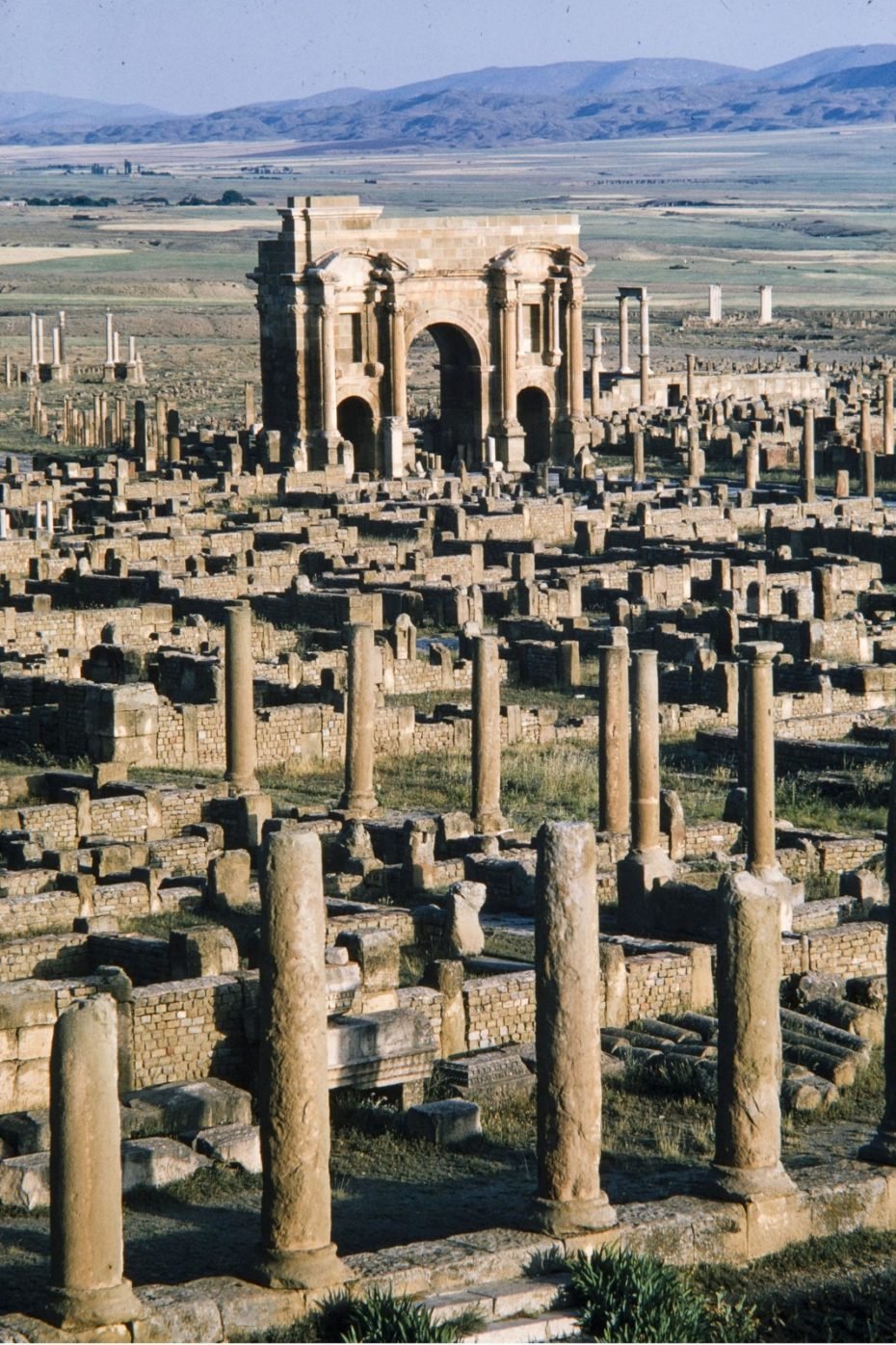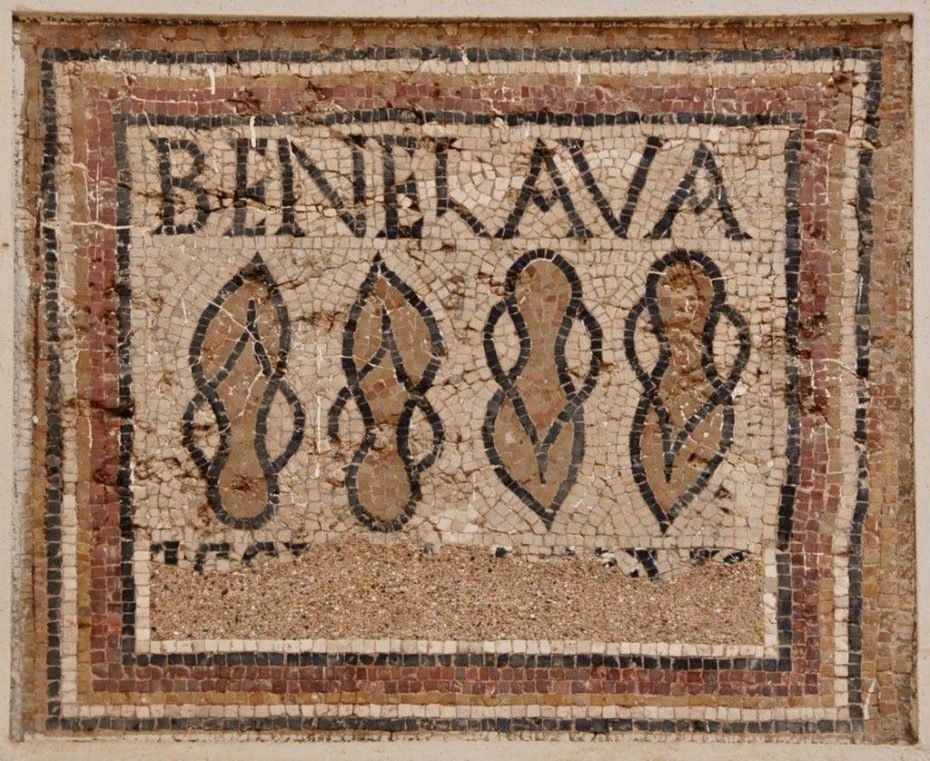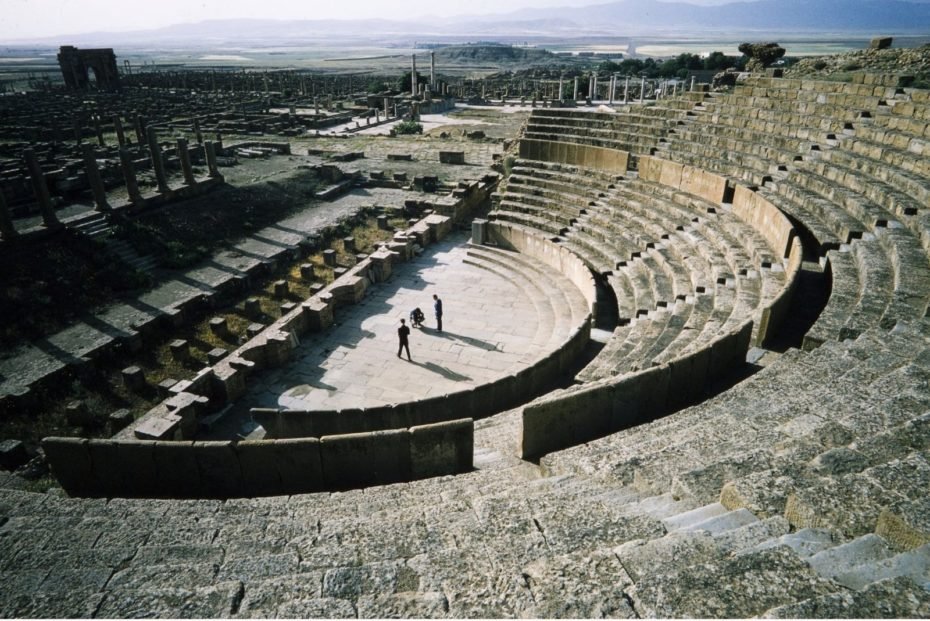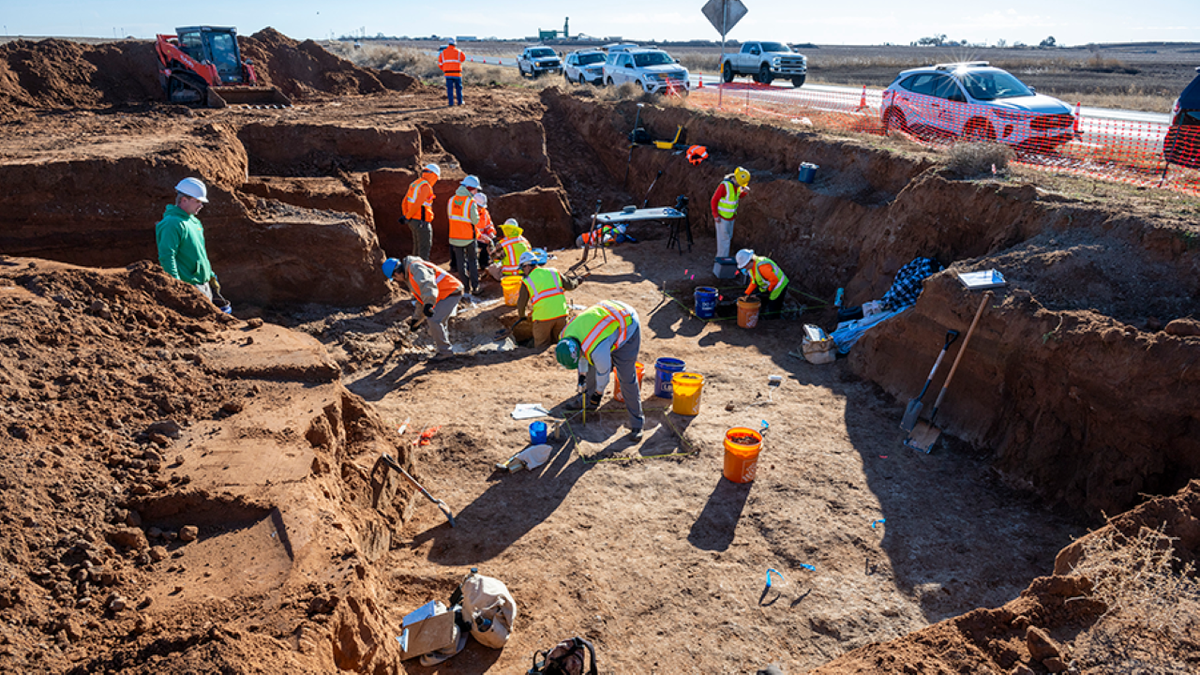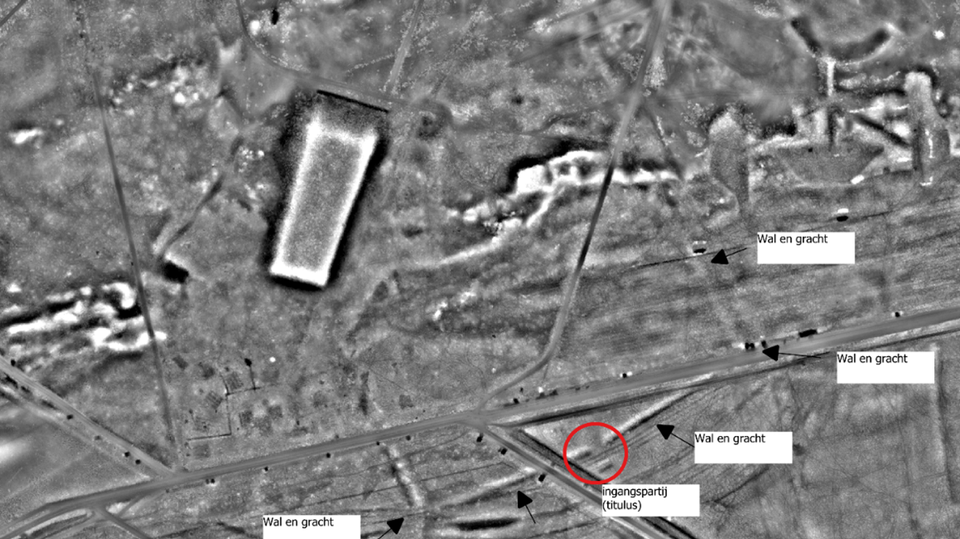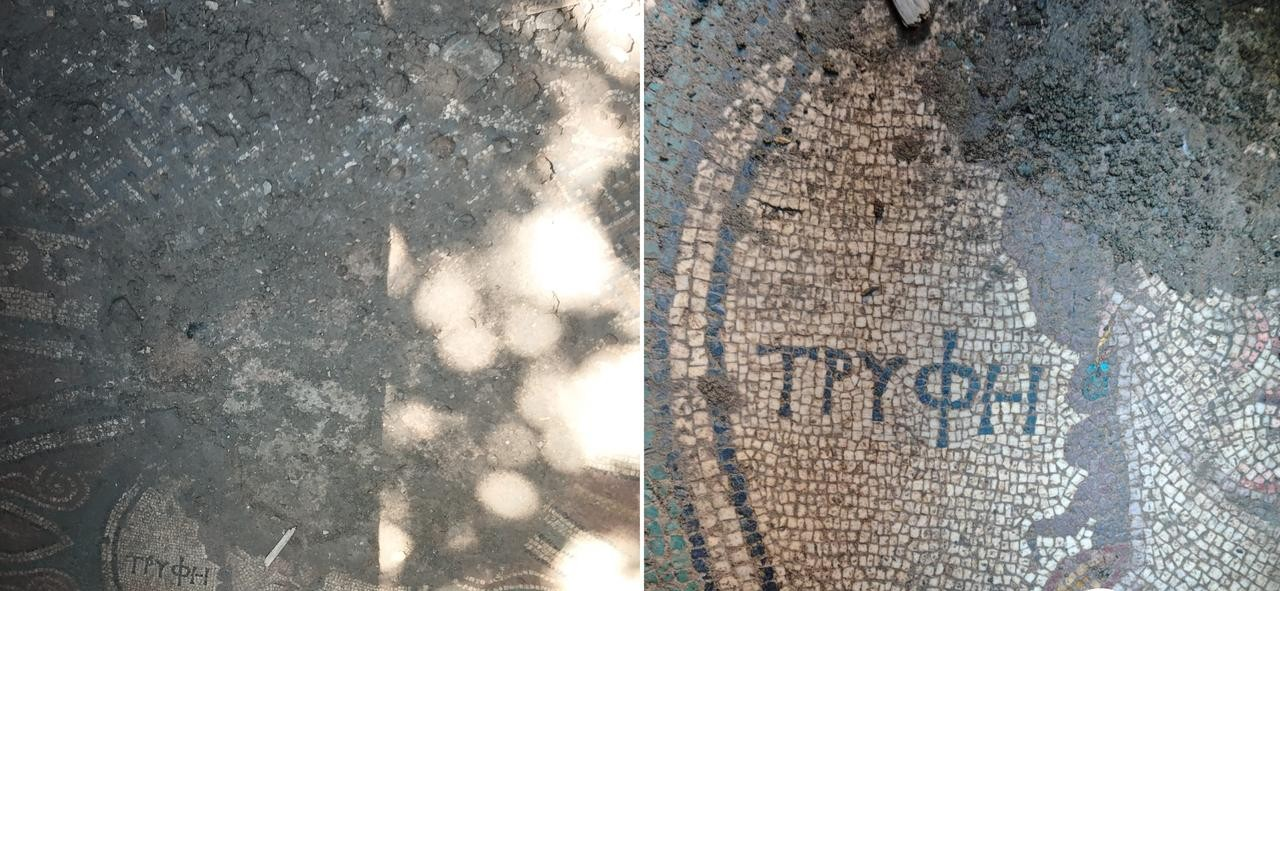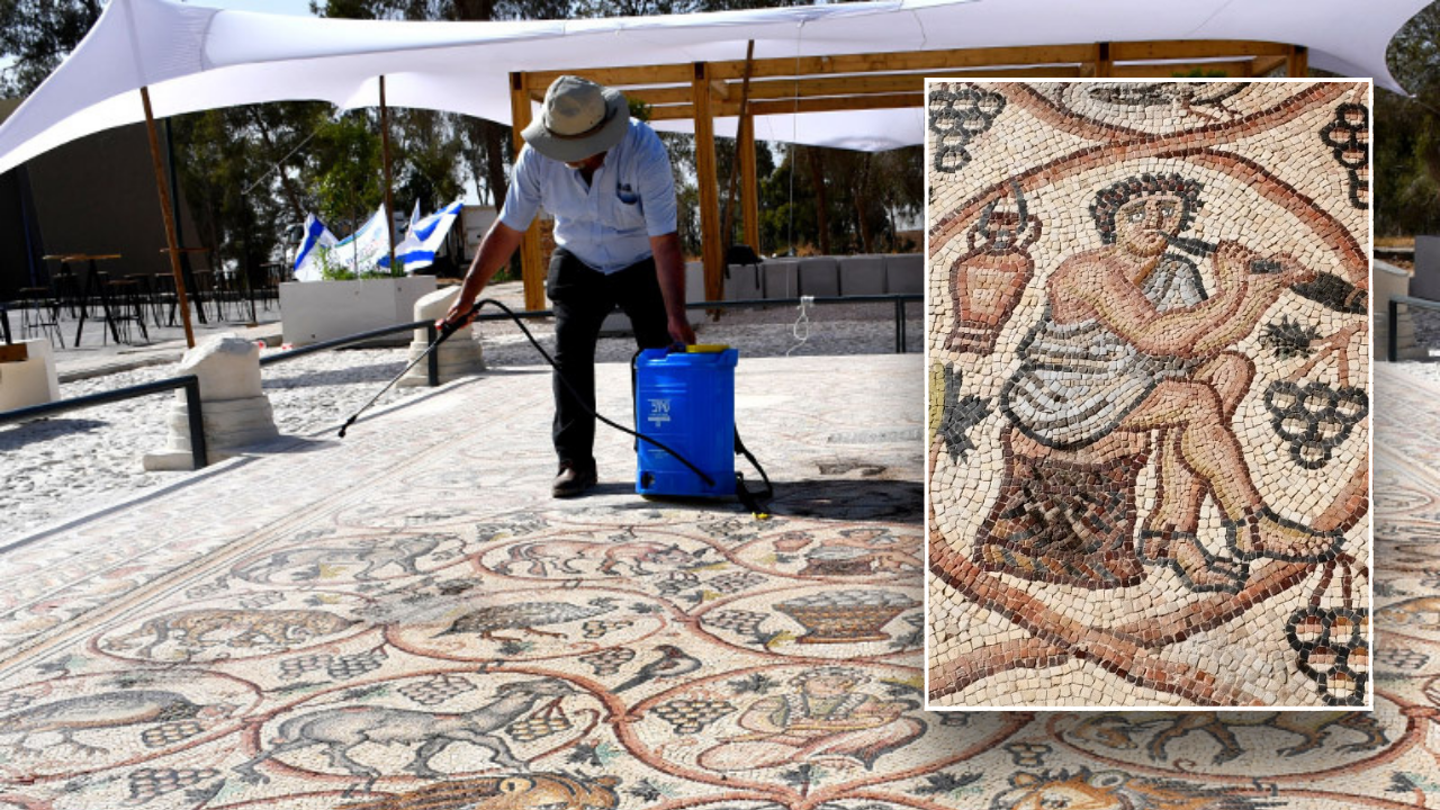A quarrelsome ancient Egyptian monarch left Thebes, his name, his religion, and his throne three thousand four hundred years ago. What followed is known to archaeologists: The short-lived city of Akhenaten was founded by the pharaoh Akhenaten, who ruled alongside his wife Nefertiti and practiced sun worship there. After his passing, his young son, Tutankhamun, ascended to the throne of Egypt and rejected his contentious father's legacy.
Nestled within the sands of ancient Egypt lies an enigma that has confounded historians and archaeologists for centuries: the lost Golden City of Akhenaten. As the heretical pharaoh who upended Egypt's traditional religious order, Akhenaten's reign was as controversial as it was transformative. But beyond his religious revolution, there whispers a tale of a majestic city, splendid in its architecture and grandeur, glittering with gold—Akhetaten, the Horizon of the Aten. This fabled city, dedicated to the sun god Aten, became the epicenter of Akhenaten's new monotheistic religion. Yet, as swiftly as it rose to prominence, it vanished, leaving behind only fragments of its former glory. Journey with us as we venture back in time, sifting through myths, hieroglyphs, and the sands of time to unravel the mystery of the lost Golden City of Akhenaten.
Akhenaten, originally named Amenhotep IV, was an ancient Egyptian pharaoh who reigned during the 18th Dynasty of the New Kingdom period, approximately around 1353–1336 BCE. His reign is one of the most debated and analyzed in Egyptian history, primarily because of the radical religious transformation he instigated. Here are some key aspects of his reign:
1. Religious Revolution:
- Akhenaten is best known for introducing a form of monotheism to ancient Egypt. While the Egyptian pantheon consisted of numerous gods and goddesses, Akhenaten elevated the worship of the sun disk, Aten, above all others. This worship eventually evolved to a point where only Aten was recognized as the supreme deity.
- This shift led to Akhenaten's infamous decision to suppress the traditional cult of Amun and other gods. The temples of these gods were closed, and their clergy lost their influence.
2. Akhetaten (Modern-day Amarna):
- Akhenaten founded a new city called Akhetaten, which means "Horizon of the Aten," situated midway between Memphis and Thebes. Today, it's known as Amarna.
- This city became the new religious and political capital during his reign, moving away from the traditional power centers, especially Thebes.
3. Artistic Innovations:
- The Amarna period, named after the city, is renowned for its distinctive art style. This style was more realistic and relaxed than the formal, traditional Egyptian art. It often depicted the royal family with elongated skulls, slanted eyes, and protruding bellies.
- This unique portrayal has led to numerous speculations, ranging from stylistic choices to potential medical conditions.
4. Family:
- Akhenaten was married to Nefertiti, one of the most famous queens of Egypt. Together, they had several daughters.
- Some scholars believe that Akhenaten might also have been the father of Tutankhamun, the boy-king, though this relationship is debated.
5. End of His Reign and Legacy:
- Akhenaten's reign lasted around 17 years. After his death, there was a concerted effort to restore the traditional polytheistic religion. This move was led by his successors, notably King Tutankhamun.
- Many of Akhenaten's reforms were reversed posthumously. His city, Akhetaten, was abandoned, and many of its monuments were dismantled. The traditional religious order was restored, and the cult of Amun regained its preeminent status.
- Akhenaten became somewhat of a 'heretical' figure in later Egyptian history, with many records of him and his immediate successors (except Tutankhamun) being omitted or defaced.
Akhenaten's reign stands out as a profound period of change in ancient Egypt's long history. While his monotheistic revolution was short-lived, it provided a tantalizing glimpse into the complexities of ancient Egyptian society, religion, and politics.


